Programming
Introduction to programming
Programming is writing computer code to create a program, in order to solve a problem. Programs consist of a series of instructions to tell a computer exactly what to do and how to do it.
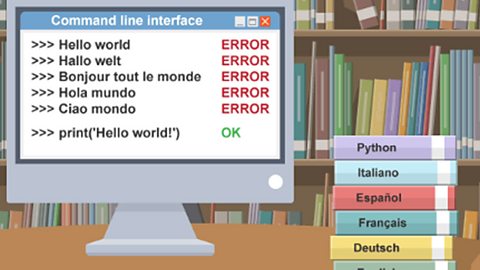
Programming basics
Programming is writing computer code to create a program, in order to solve a problem. To program a computer, you need to know how programs are constructed.
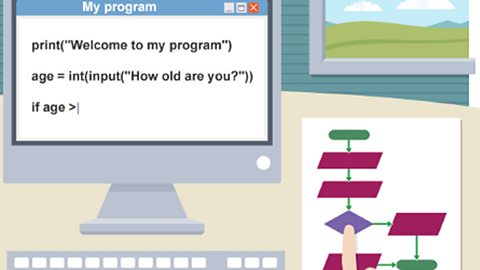
Selection in programming
When designing programs, there are often points where a decision must be made. This decision is known as selection, and is implemented in programming using IF statements.
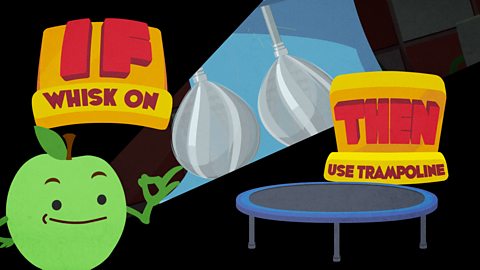
Iteration in programming
When designing programs, there may be some instructions that need repeating. This is known as iteration, and is implemented in programming using FOR and WHILE statements.
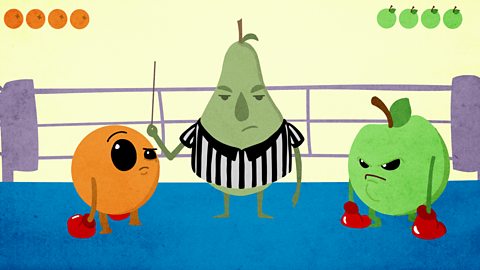
Boolean logic
When designing programs, there are often points where a condition needs to be tested in order to make a decision. Conditions are formed using Boolean logic.

Arrays and lists
When writing programs, it is useful to use arrays and lists as they simplify programs by storing related data under one name.
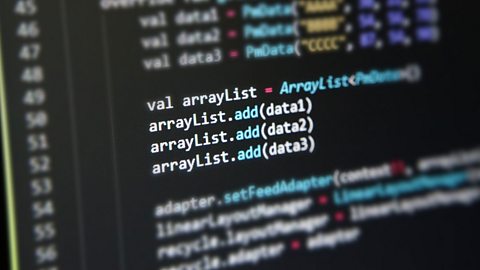
Procedures and functions
When writing programs, we should avoid long, repetitive code. Procedures and functions help to keep our programs simple and short.
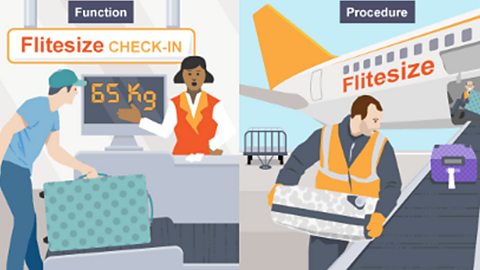
Writing error-free code
When writing programs, code should be as legible and error free as possible. Debugging helps keep code free of errors and documenting helps keep code clear enough to read.
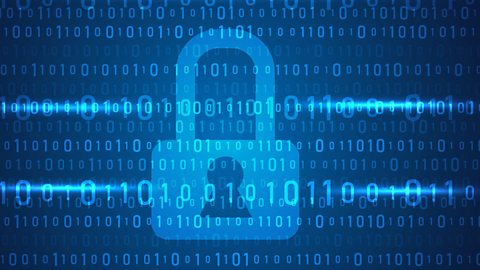
Links
- External linkExternal link
- External linkExternal link
- External linkExternal link
- External linkExternal link
- SubscriptionSubscription
- External linkExternal link
- SubscriptionSubscription